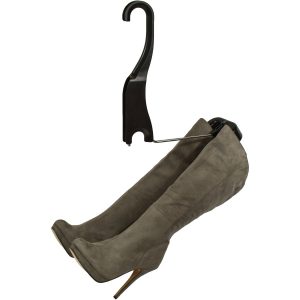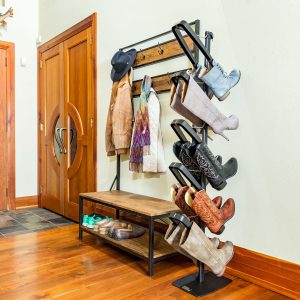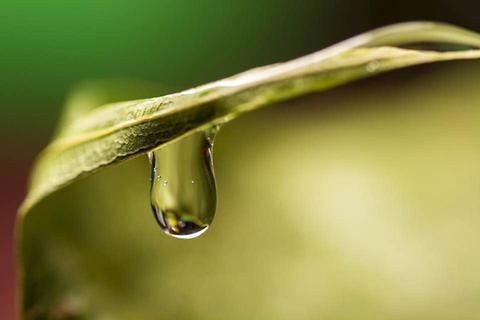
The groundhog didn’t see its shadow this February — though judging by the chilly temps many of us are experiencing, perhaps the little critter simply needs a stylish pair of specs!
Groundhog or no groundhog, spring is on its way (even if it’s not quickly enough for some of us). It’s a fabulous time to delve into some serious spring cleaning. In this post, we’ll explore how you can do so while being environmentally friendly and safe, and use household products you probably already have (or are super simple to find/buy).
The reasons for using green cleaners are many: First and most importantly, you’ll be using far fewer products with toxins in them. That’s important for your overall health and for the air quality in your home.
Traditional cleaners can have so many toxins that they can cause anything from allergies to headaches to worse — like damage to your central nervous system. That’s according to the Environmental Protection Agency, which has noted that oftentimes, household cleaners can contain harsh chemicals like formaldehyde.
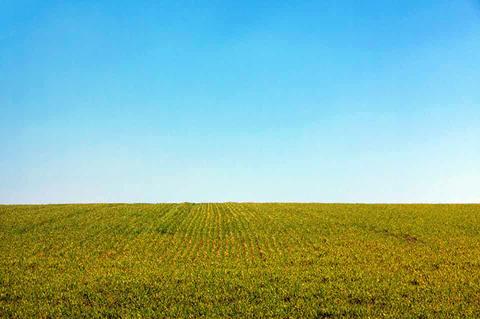
Plus, you’ll save money! Which you can then put towards new spring outfits and boots, of course.
And if you’re concerned that green products aren’t strong enough to clean your home, think again: They are. You don’t need a super harsh commercial grade cleaner to clean your countertop – these are oftentimes way too strong for our everyday purposes. So no need for overkill. Instead, we’ll show you how to get your home sparkling and fresh without the side effects that may result from using toxin-laden products.
Here’s the ingredient list for a green clean home:
- Water
- Baking soda, which is fantastic for getting rid of odors. Also great for cleaning.
- White vinegar, which gets rid of bacteria and germs.
- Lemon juice cuts through grease remove stains and smell wonderful.
- Club soda is also a great stain remover.
- Cornmeal — if you have carpets, grab some of this at the grocery store, because it’s great to sprinkle over spills.
- Liquid Castile soap, meaning a soap that is vegetable-based, not animal-fat-based. This will be your multi-purpose cleaner.
- Olive or veggie oil to polish up furniture.
Windows
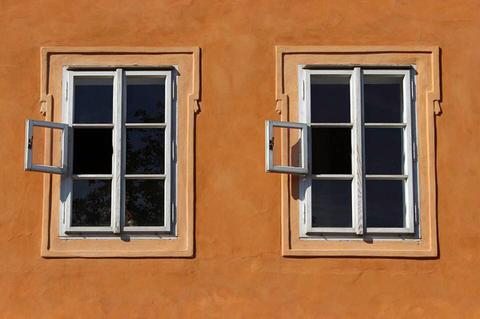
Instead of Windex, make your own concoction, because this is as simple as it gets: Club soda with a few squeezes of lemon in a spray bottle will work wonders. To wipe, you can use newspapers (they’ll get the glass squeaky clean), or if you’re a digital news reader, clean cotton rags.
Floors
Another super simple cleanser: Heat up a gallon of water, and then pour in one cup of white vinegar. Swirl it around, and then mop your floors. This concoction will remove grease and stains. And to get your floors extra shiny, you can mop them one more time with club soda.
If your kitchen floors are extra dirty, you can add some liquid castile soap to the mixture. Mop, and then do another pass with just plain, clean water.
Carpets / Rugs
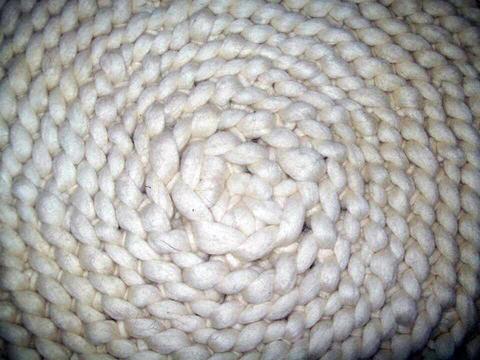
To deal with an immediate spill, liberally sprinkle cornmeal over the entire area of the spill. Let it sit for 15-20 minutes, then vacuum.
For wine or coffee spills, a liberal spray of club soda will help neutralize the acids in those liquids.
For set stains, use a 1:2 ratio of liquid castile soap to water. Mix that up until it’s frothy, and then spread it over the stain. Let it sit for 5-10 minutes, and then attack it with a brush or rag.
For a regular vacuuming, you can disinfect your carpet by blending a 1:2 ratio of baking soda and cornmeal. Mix up those ingredients, then lightly sprinkle over your carpet. Let it sit overnight. The mixture will absorb odors, and once you vacuum it up, your carpet will look and smell much fresher.
Kitchen Tiles
For stubborn stains, dip a rag into lemon juice and rub vigorously. For a natural solution into which to dip your mop, mix up water with lemon juice.
Coffee / Tea Stains in mugs and pots – Here’s how to get rid of them:
Boil some water. While you wait for that, put a small sprinkling of baking soda into the bottom of each stained item. Then, add a splash of white vinegar — the mixture will immediately fizz up so don’t add too much too quickly. Once it settles back down, add a squeeze of lemon juice. And once THAT settles back down, pour hot water so that the stains on the inside are covered.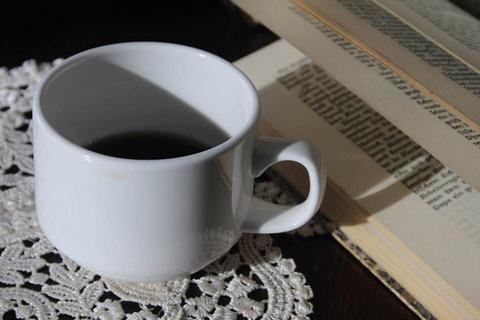
Let that mixture sit for a bit, then pour it out. Grab a rag and wipe the inside, which should now be stain-free! Won’t it be nice to have your coffee or tea in the morning or at the office without those icky stains?
Wood Polish
This is the time to break out your olive oil (or other veggie oil). Combine two parts oil with one part lemon juice; shake it up so that the two combine, and then a cotton rag dipped into the mixture to polish your furniture.
Bathroom Fixtures
Club soda in a spray bottle, my friends. It’s as simple as that. They’ll get clean and shiny.
Toilet
Sprinkle baking soda into the bowl, and let it sit 5-10 minutes. Clean with a toilet brush, flush. You can also pour white vinegar into the bowl and do the same. For stubborn stains, combine equal parts baking soda, white vinegar and also some plain white table salt. Let that sit for a bit, then scrub away.
Bathroom Surfaces
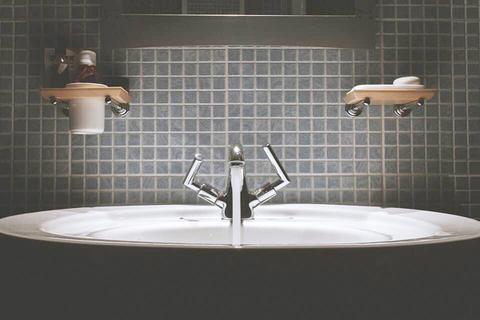
Baking soda is a great scouring agent. Mix up a batch of equal parts baking soda and water, and clean away.
For a more gentle clean, combine liquid castile soap with baking soda into a nice thick mixture. Grab a clean rag and clean all those surfaces. Use a clean wet rag to make sure all the mixture is removed, and enjoy your fresh, clean bathroom!
* * *
Finally, a note on getting rid of your traditional cleaners. The toxins and chemicals they contain aren’t great for your homes, but they’re also not good for landfills or simply dumping down the drain (where they may simply end up back in your community water supply). Check if your neighborhood or city will be organizing a toxic recycling day and let the experts dispose of them properly.
Do you have any favorite homemade green clean tricks? We’d love to hear them!

